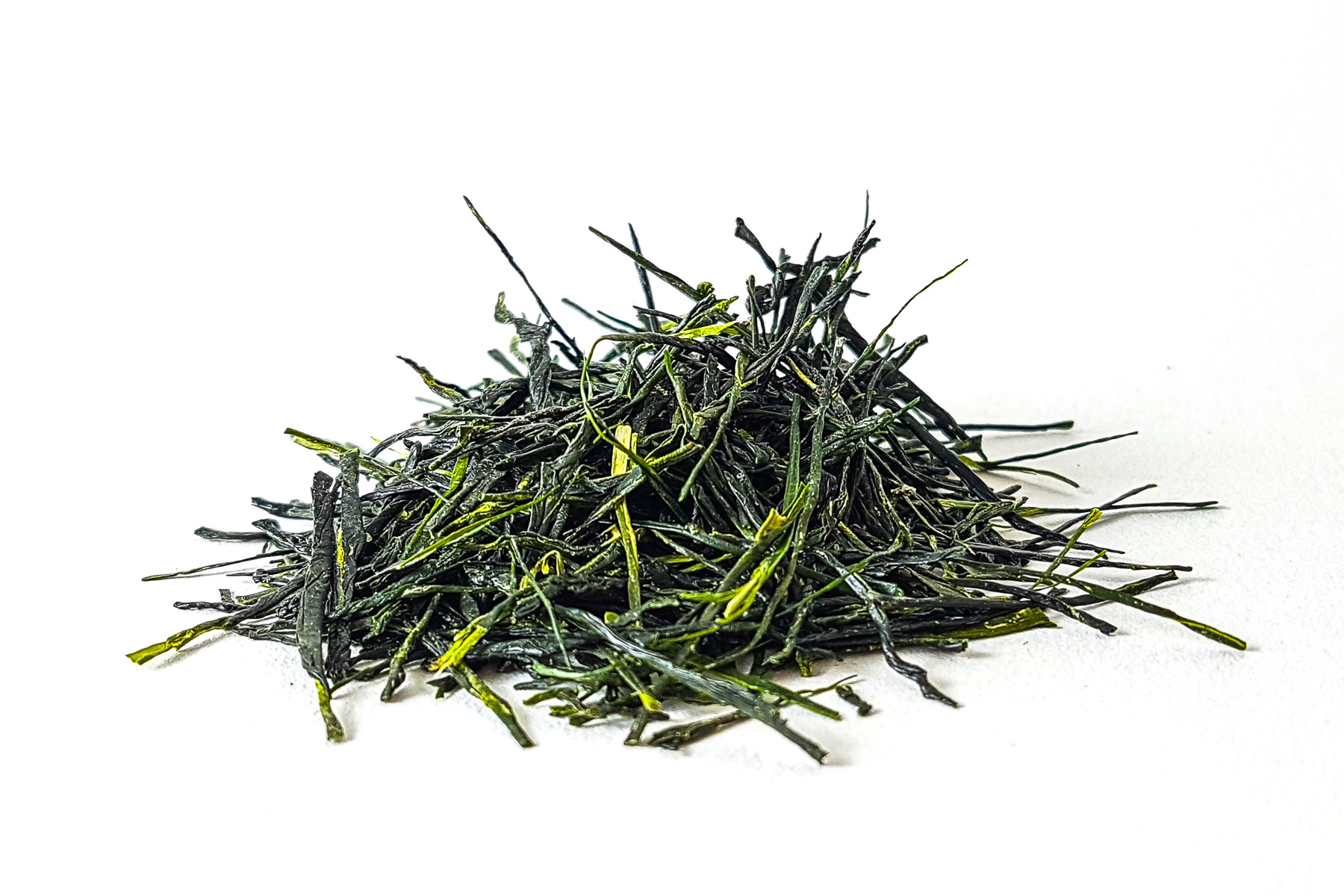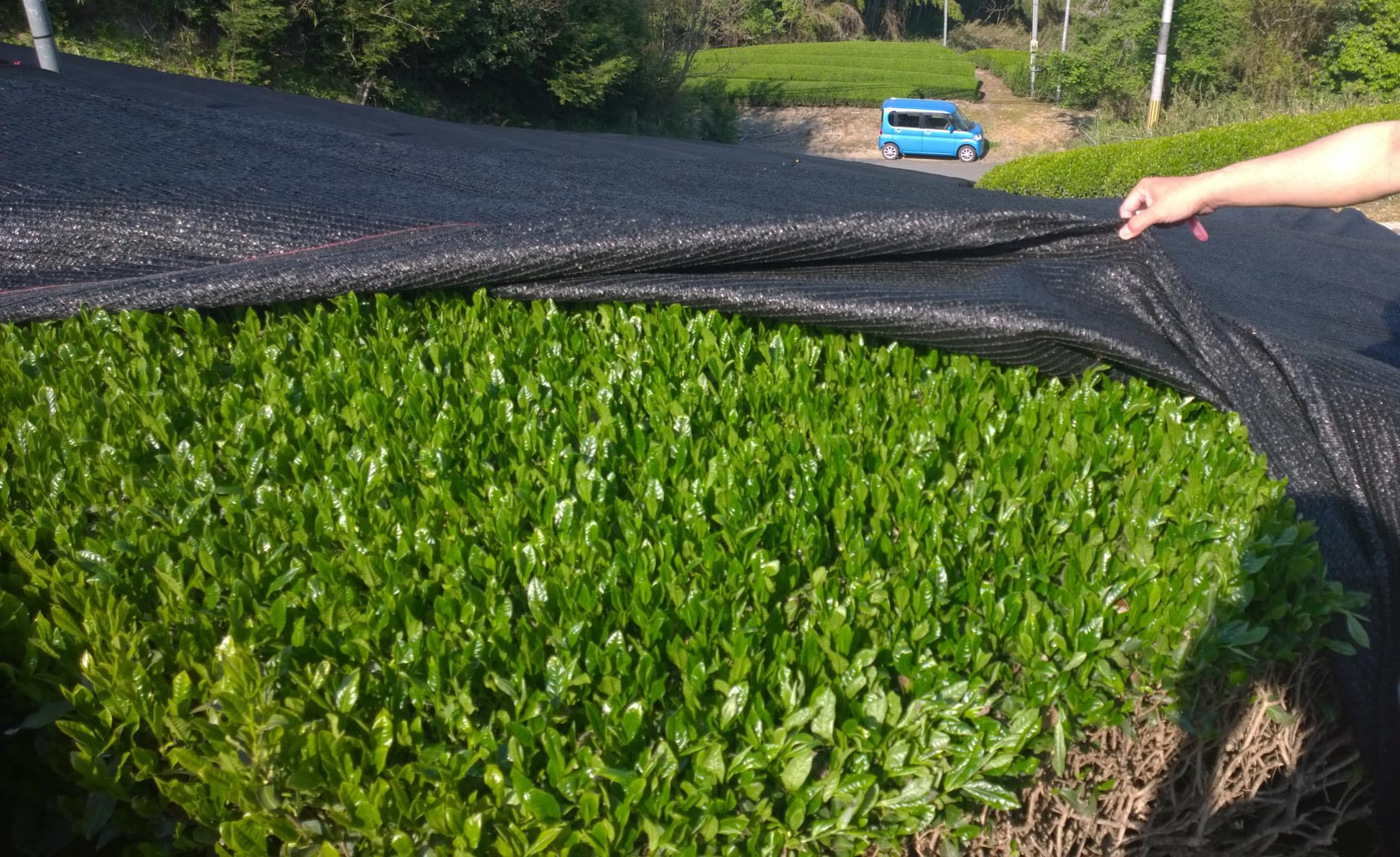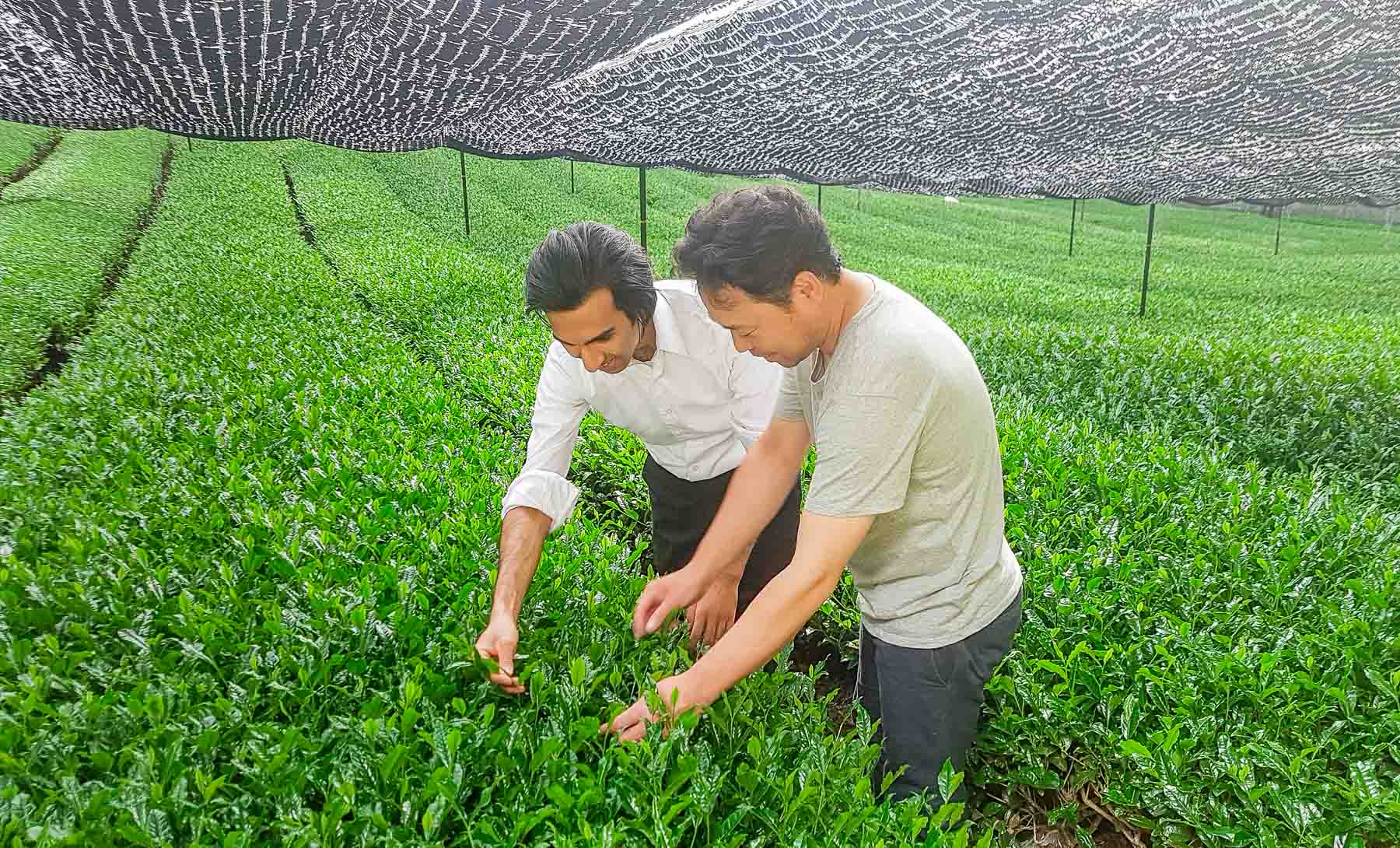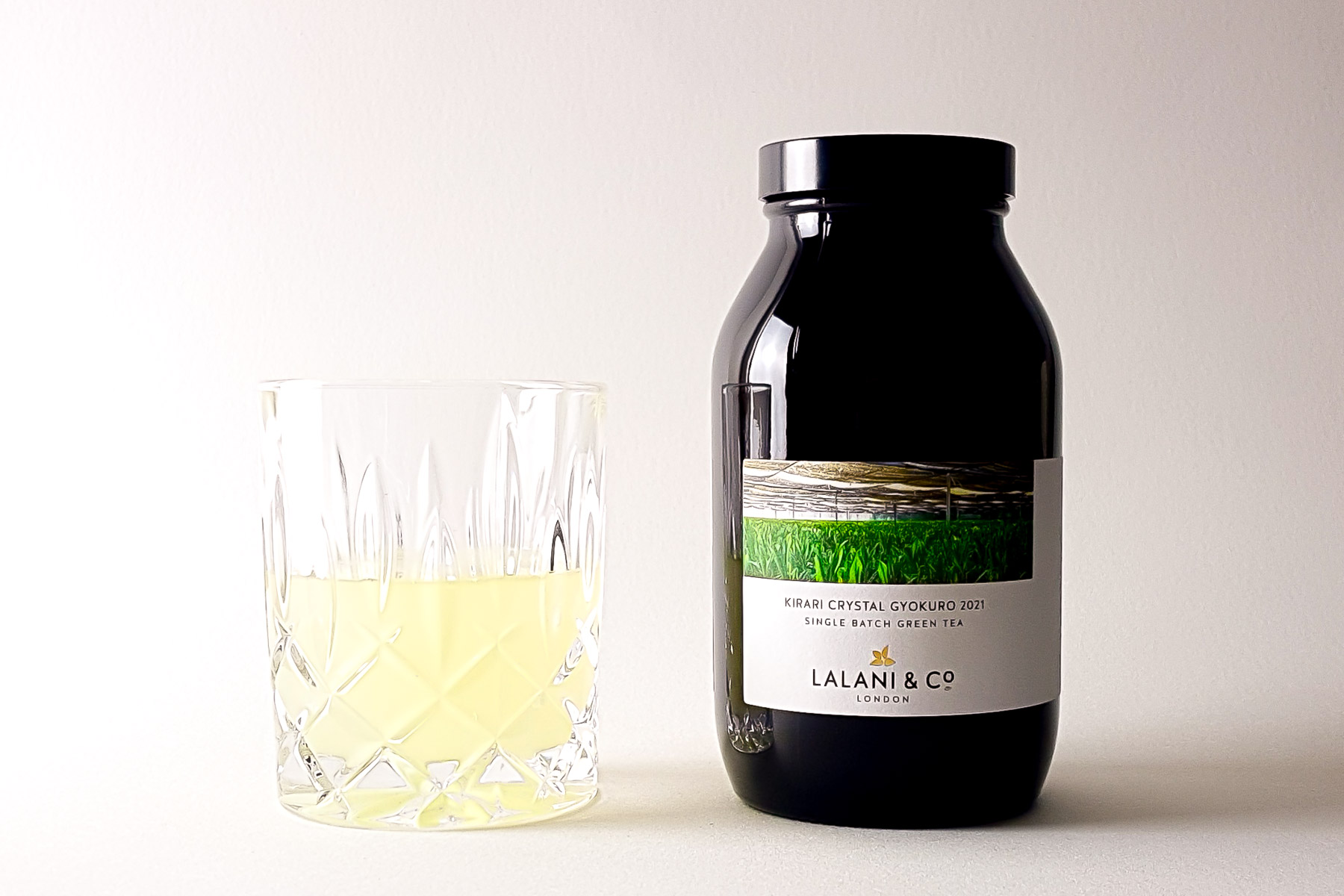The Effect of Shading on Green Tea
In our previous piece on green tea, we outlined what exactly a green tea is. You can click here to read it. In this piece, we take a look at the effect of shading the tea plant and how the leaf’s natural processes are used to create flavour in the tea leaf.
Green tea from shade-grown plants.
The vast majority of tea plants are grown in the sun. Some plants may have a little shade cover from nearby trees; however, very little tea is grown under proper full cover. The practice of covering tea plants is mostly done in Japan during the first tea picking season which is called Ichibancha.
The Ichibancha season is in April and May. As the season approaches, the tea growers will spread covers over the leaf, reducing the sunlight by about 80% or more. There are two methods of covering. Direct shading is where the covers are put directly on the plant. Frame shading is where frames are set up over the plants and the covers are stretched out overhead. The latter is the more traditional method, although both are highly effective.
Direct shading in Kyoto.
Leaves are designed as little energy factories. If you remember your biology lessons from school, you will know that leaves perform a reaction called photosynthesis, converting energy from the sun into sugars. When the sunlight is restricted, photosynthesis is restricted and we tend to notice a reduction in sweetness in the tea. Other reactions also take place with sunlight, including the conversion of amino acids into polyphenols. In gastronomy we know polyphenols as tannin, and we know amino acids as umami (a Japanese word to refer to savoury flavour). So, when the plant is shaded, we also have lower tannins and more umami. Overall, the shading process is about flavour creation in the leaf. It reduces sweetness, reduces tannin, and increases umami. When you taste a shaded green tea, you will immediately notice this savoury and smooth character in the tea’s flavour.
Inspecting plants with Nakai-san under frame shading.
A Japanese green tea which is grown in the sun (or sometimes shaded for a very short time) is called sencha. You have probably heard this name before and now you know that it’s a sun-grown Japanese green tea. If the plant is shaded for 1-2 weeks before picking, it can be called kabusecha, which means ‘covered tea’. Kabusecha makes up just a small fraction of Japanese tea production in any one year. If the plants are shaded for 3 weeks or more it qualifies for the highest grade of Japanese tea called gyokuro, meaning ‘jade dew’. This is a wonderful treat and very popular among tea connoisseurs. Matcha is also shaded for 3 weeks, like gyokuro. Once the leaves for matcha have been picked, they are dried, de-stemmed, and then milled into a fine powder.
Kirari Crystal Gyokuro 2021, shaded for three weeks.
As with all teas, there are various gardens making shaded teas in Japan. Our aim is to find the exceptional individual batches so you can taste the best Japan has to offer. Here are our suggestions for exploring shaded green teas:
The Okumidori, Saemidori, and Yabukita Kabusechas are all excellent single-varietal shaded teas from the Henta family garden. For the gyokuro drinkers, there’s the Green Pearl Gyokuro 2021 from the Nakai family. For those who wish to explore the treasures of the tea world, I can highly recommend the hand-picked Kirari Crystal Gyokuro 2021.
If you have any questions, feel free to contact us any time.




